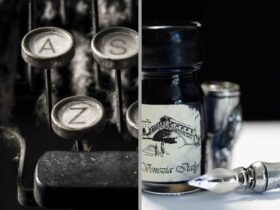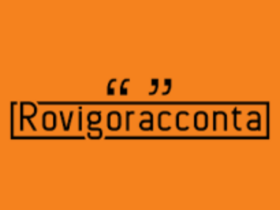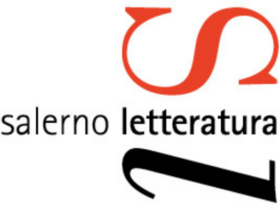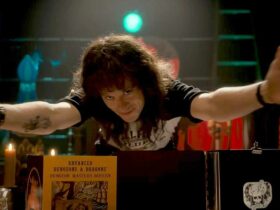In the previous article we saw how to teach our children to write according to Montessori education. Today, through four books, we will deepen the Montessori method in a broad sense
The method Montessori it is practiced in more than 60.000 schools around the world and begins to see the light in the 1897. Montessori education, defined by her pedagogy Montessori O pedagogy scientific, is based on the independence of the child.
The children’s home | Montessori education: 4 books to help us understand it
As mentioned in the article about writing for the little ones, Maria Montessori was the first woman to graduate in medicine with a thesis in psychiatry. You know well that in 1907 she opened her first children’s home but what led her to that?
In the first years of her career Maria Montessori studied and interacted with numerous children with mental insufficiency, at the time called oligophrenics. More than from a medical point of view, he was interested in them from an educational point of view and, together with a group of psychiatrists such as Sante De Sanctis, Giuseppe Montesano (with whom she had an affair and conceived her son Mario) e Clodomiro Bonfigli brought to light the problems and situations related to children with disabilities, affirming the importance of educational interventions and not just medical ones.
In this regard he went to Paris to study the works of two French doctors Jean Marc Itard e Eduard Sèguin who took care of children called “idiots” and savages. From here he had the total confirmation that the education of the senses was the way to enhance the capacities of the mind, starting to work with disadvantaged children and young people, designing suitable materials and leading them to elementary school.
After years of studying oligophrenic children, she was offered the opportunity to open a school for children aged 2 to 6 and she, curious to understand and see the reactions to the methods devised by healthy children, accepted with enthusiasm and pleasure. Thus was born the first children’s home.
Birth of the method | Montessori education: 4 books to help us understand it
In this school she began to study the behavior of children in front of the materials and the environment she created. He prepared light furniture suitable for their size because before then the children were forced into desks from which they could not move. The environment was in fact fundamental and had to adapt to the little ones. The space had to be alive, owned and used by children, and calm. He made experimental materials available and observed the children to understand the functioning of the human psyche.
He found that they knew how to choose for themselves, they focused on what they were doing. By not scolding them, they spontaneously helped each other, tidied up with pleasure and appreciated the sensory experiences. He came to the conclusion that education had to be single and not in groups, respecting the times and the evolutionary moment of the individual pupil. From that moment on he decided to leave the profession of doctor and concentrate on that of the educator, not only of children but also of adults.
In fact, Montessori was convinced that adults and teachers were needed to bring children to express their abilities non aggressive O judging (he did not accept the vote, for example) but confident e rewarding, able to create an environment responsive to children’s abilities. Adults had to adapt to children and not vice versa. He taught them to observe before intervening in the dynamics of the group, preferring mixed age groups as the relationships between them were harmonious.
Thanks to the various congresses, his method began to develop in several countries, leading to the opening of various children’s homes always based on the fundamental principles created by Mary: freedom of choice, self-education, sense of responsibility and teacher training.
His proposal was so innovative that it was heavily attacked to bring about the closure of Montessori schools in countries with dictatorship.
Cosmic education Montessori education: 4 books to help us understand it
Also because of this Maria Montessori left Italy and went to Holland where, in a multicultural school, she developed the project of education cosmic for primary school children.
Montessori education follows the child from birth until reaching the age of majority, although only after the war did he begin to study and to support in a particular way an interest in the newborn and for children in the first three years. In fact, he said that education from birth was a life aid and thanks to this the Montessori birth center smell.
Returning to the concept of education cosmicInstead, we therefore know that from the earliest months the child needed an education, according to Montessori. Education was sensory, that is, through objects and environments able to make children develop the senses: frosted letters, movable alphabets, etc … starting from primary school, however, he introduced the so-called cosmic education.
Cosmic education was and is a concept through which to introduce the child to life and love for it. It involved the teaching and knowledge of a general culture capable of leading children to understand the basic concepts, little by little. It was a training course that started from the origins of the universe to arrive at the various notions of culture. Therefore educate on the birth of man, on the beginning of writing and so on. All this would lead the child to become a conscious and active adult, essential for the future and evolution of society.

4 books
1. Education for a new world by M. Montessori
Written after the war, it explains the principles of her method and how she came to conceive it.
2. The secret of M. Montessori’s childhood
Explain what status the child should have in society, understanding the child’s mental work.
3. The child in the family of M. Montessori
It helps to apply the method at home, applying it in the parenting field.
4. How to educate the human potential of M. Montessori
Here he exposes the program of cosmic education.















Leave a Reply
View Comments